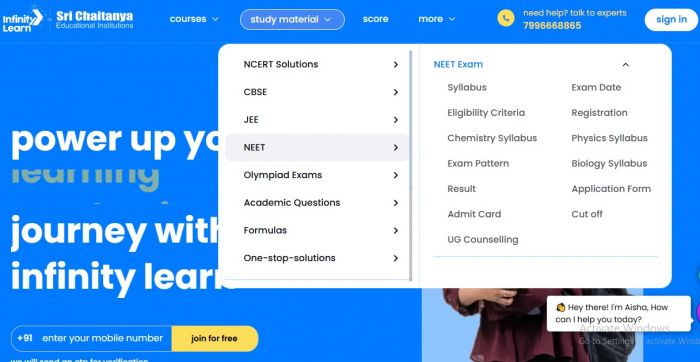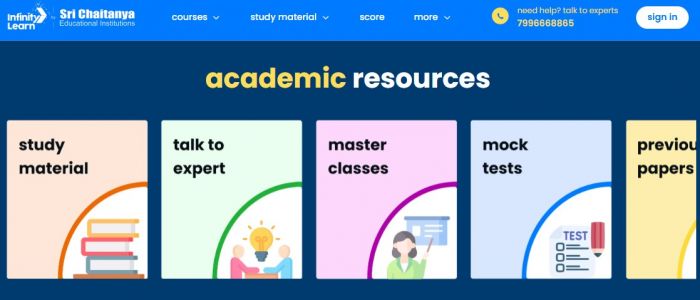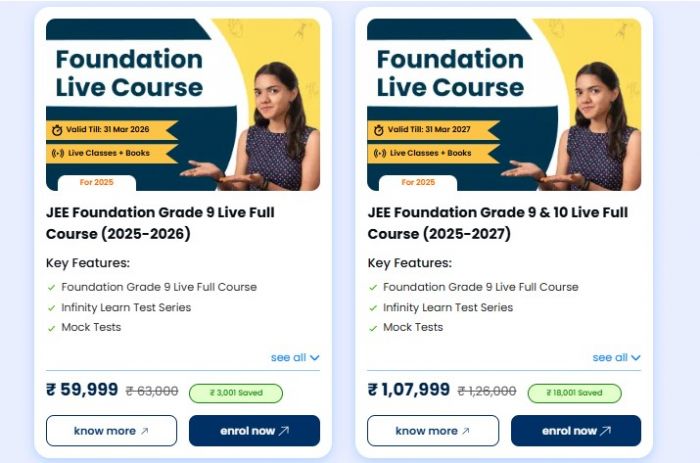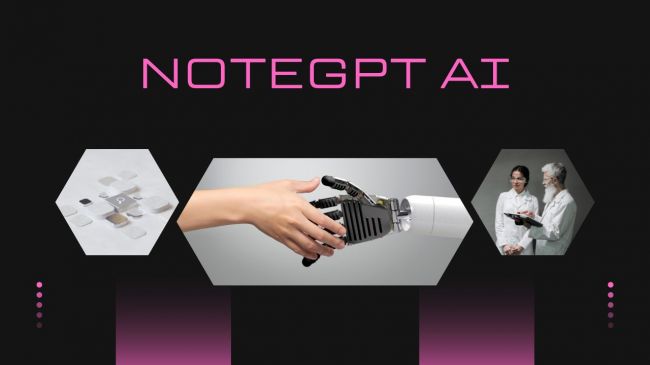On This Page
- From Sri Chaitanya to Screens: The Origin Story
- Navigation, Design, and the Day-to-Day Study Experience
- From Mock Tests to Micro-Lessons: How Deep Does It Go?
- What the ‘Self Study’ Module Does
- Where It Stands Between Budget and Premium EdTech
- The Good, The Bad, and The Missing Features
- Strengths
- Weaknesses
- Final Call: Go For It, or Look Elsewhere?
Edtech platforms in India are multiplying fast. I wanted to cut through that. So I dug into Infinity Learn’s platform, tested its free resources, compared it to rivals like BYJU’S, Vedantu, and Physics Wallah, and examined what makes it tick — and what doesn’t.
From Sri Chaitanya to Screens: The Origin Story
Infinity Learn is an online learning platform launched in 2021 by Sri Chaitanya Group, a major name in Indian K-12 coaching.
Its big claim: combine Sri Chaitanya’s decades of offline teaching with modern online tools.
- Founded: 2021
- Headquarters: Hyderabad, India
- Primary Focus: K-12, NEET, JEE, and board exam preparation
- Notable Figures: Ujjwal Singh (CEO), with experience at Pearson and Shine.com

This mix of an old-school coaching empire and new-age edtech gives it a different DNA from purely digital-born startups.
Navigation, Design, and the Day-to-Day Study Experience
Logging in is straightforward. The dashboard is uncluttered, with clear navigation to subjects, test series, and live classes.
It feels less overwhelming than BYJU’S, but also less visually polished. The UI is functional, not fancy — which can be a pro if you value speed over design.
Loading times are fast even on mid-range Android phones, which matters for Tier 2 and Tier 3 students with weaker internet.
One noticeable drawback: the mobile site sometimes logs users out unexpectedly, which interrupts study sessions.

From Mock Tests to Micro-Lessons: How Deep Does It Go?
Infinity Learn leans heavily on NCERT-aligned content for school boards, plus targeted prep for NEET and JEE.
Each topic is broken into bite-sized lessons with practice questions after every concept — good for active recall learning.
What’s different from some rivals:
- No over-reliance on animations - explanations feel more like a good classroom teacher than a cartoon.
- Test papers are timed and mimic actual exam difficulty quite closely.
- Weak area: coverage for non-science streams like commerce and humanities is limited.
In my mock test comparisons, Infinity Learn’s NEET biology section had ~80% overlap with NCERT textbook phrasing, which can be a plus for exam relevance but might limit exposure to varied problem-solving styles.

What the ‘Self Study’ Module Does
The platform’s “Self Study” module is its standout tech feature.
It uses performance tracking to suggest which topics to revisit. The analytics are basic compared to platforms like Embibe (which uses adaptive AI), but still helpful.
Key tools include:
- Live doubt-clearing sessions
- Recorded lectures
- Customizable mock test builder
- Daily practice questions (“DPQs”) for spaced repetition
What’s missing:
- Interactive simulations for physics and chemistry
- Integration with external learning tools (e.g., Desmos for math graphing)
Where It Stands Between Budget and Premium EdTech
Infinity Learn’s pricing is mid-range — more expensive than Physics Wallah but cheaper than BYJU’S.
Sample pricing (as of August 2025):
- Class 12 NEET Complete Course: ₹35,000/year
- JEE Main + Advanced Course: ₹40,000/year
- Short crash courses: ₹4,000–₹8,000
They offer free trial classes and a “Pay Later” EMI option, which can help students from lower-income households. However, the lack of a monthly subscription makes it harder for casual learners to commit.

The Good, The Bad, and The Missing Features
Strengths
- Strong exam alignment for NEET and JEE aspirants
- Accessible on low-speed internet
- Performance tracking nudges students toward weaker topics
- Backed by Sri Chaitanya’s offline faculty experience
Weaknesses
- Limited subject variety beyond STEM
- Basic tech features compared to AI-heavy rivals
- Occasional mobile logout glitches
Final Call: Go For It, or Look Elsewhere?
If you’re a STEM-focused student in grades 8–12 aiming for NEET or JEE, Infinity Learn offers a well-structured, distraction-free environment with solid practice material.
If you’re looking for arts, commerce, or purely interactive gamified learning, this isn’t your platform.
It’s not revolutionary in edtech, but it’s reliable — a good balance between old-school coaching rigor and online flexibility.
Post Comment
Be the first to post comment!





